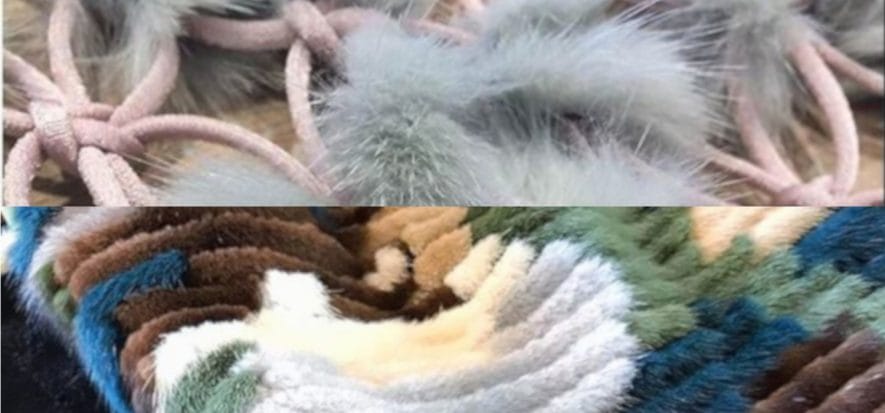Of course, the owner’s name made the difference. Because, at the same time, the brand is the same: Yves Saint Laurent. But, while Catherine Deneuve‘s sable velvet dress was beaten for 33.750 euros by Christie’s on January 24th, just a few days away, the Parisian auction house Cornette de Saint Cyr sold a woman’s mink dress of Lebanese business Mouna Ayoub for 2.576 euros. The two auctions are enough to make Le Monde say that, in spite of the controversy that often accompanies the material, the fur market remains lively, even more so. Also the second hand one.
Word to the expert
What are the items enjoying the most success in the second hand market? Furs dyed green, blue or red (listed between 1000 and 2000 euros), the spotted fur (800-1500) and the timeless Russian sable (4000-6000), called “la reine de la fourrure”. The fashion expert Dominique Chombert, founder of the Expertissim consulting firm, explains this to Le Monde. Second hand fur is a shrewd market, where “quality is worth more” than the brand, but it can not be denied that the evaluation of a Dior or Fendi garment could rise for the sole appeal of the brand itself. More important is the conservation of the garment, which determines the possibility of use. Not for everyone, however, it is a positive moment. The topicality of design plays a fundamental role: the focus is on the furs produced after 1980, when designers started investing in design and customers “have come out of the logic that fur is bought only once, which lasts a whole life”. For the garments that, instead, have a cut and finishings that are now out of style, both interest and price fall. Not that this has to be wasted: fur remains precious and durable. Chombert advises to make it “really warm plaids for the winter, or gilet to wear over the coats”.
A response to controversy
The use of fur in high fashion is under pressure: Le Monde does not hide it and Chombert underlines how, paradoxically or perhaps not, those brands “that produce lined hoods” use it in proportion higher than that used in the high end of the range. We’ll talk about in in the first issue of La Conceria, which will be distributed at Lineapelle96 in February. Or rather: we are asking you whether this trend, which attacks fur, exotic leather and leather in the same way, is “really sustainable”.
The pattern
On the first issue of La Conceria we also present Furmark, the traceability and certification scheme of the fur supply chain promoted by the International Fur Federation. The project fosters five already existing acronyms, including Welfur: the goal is to be ready for 2020.










